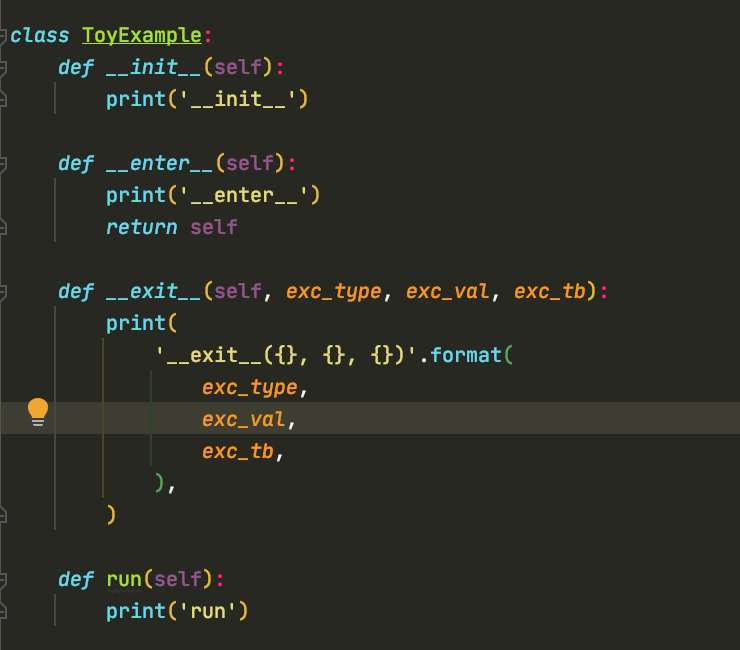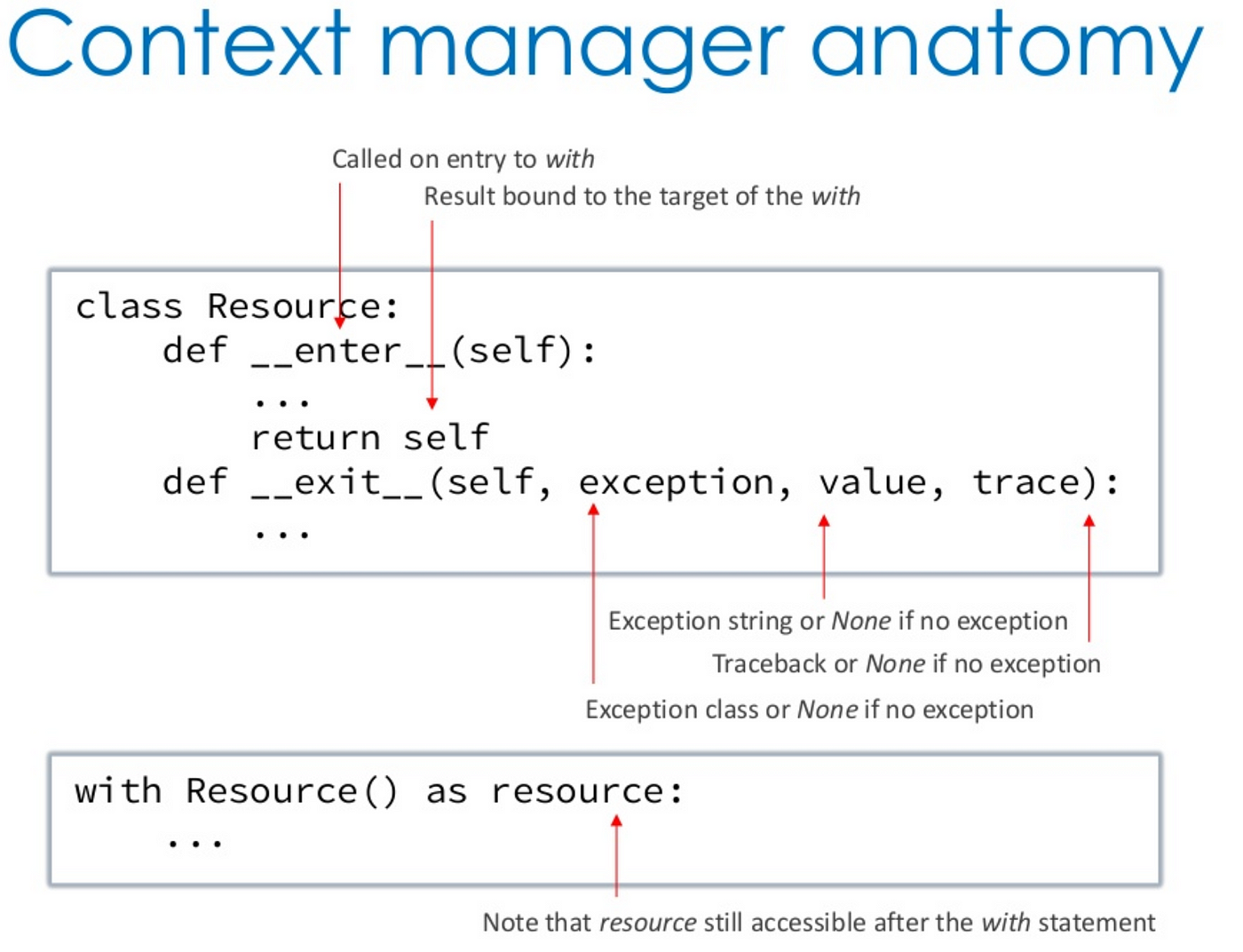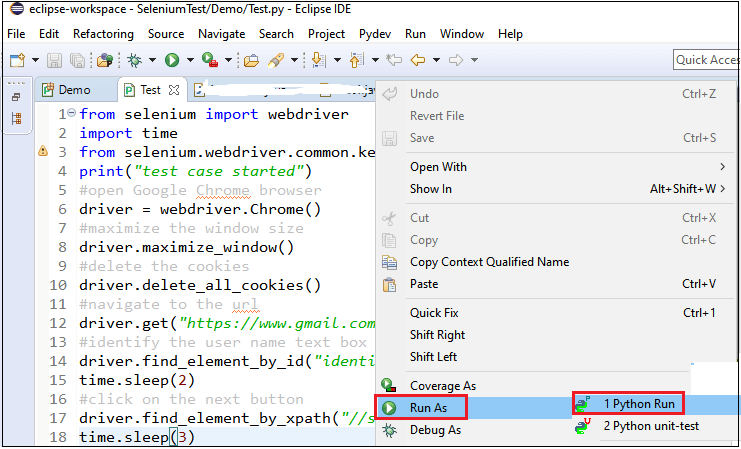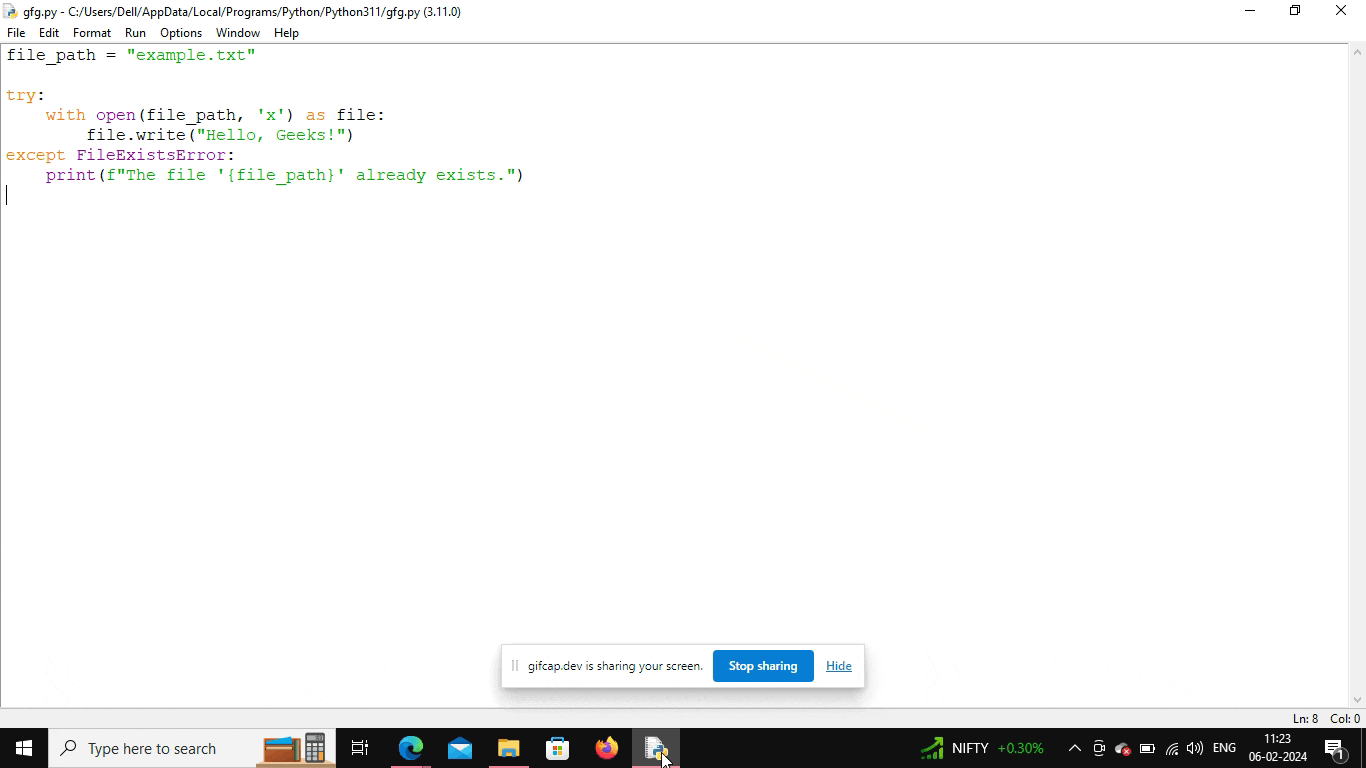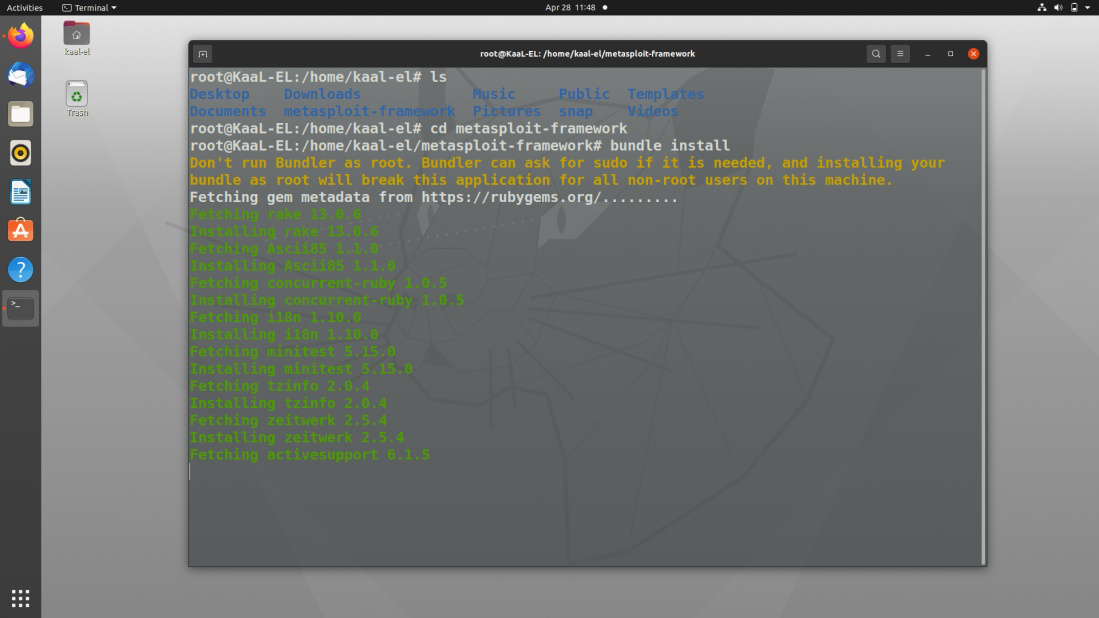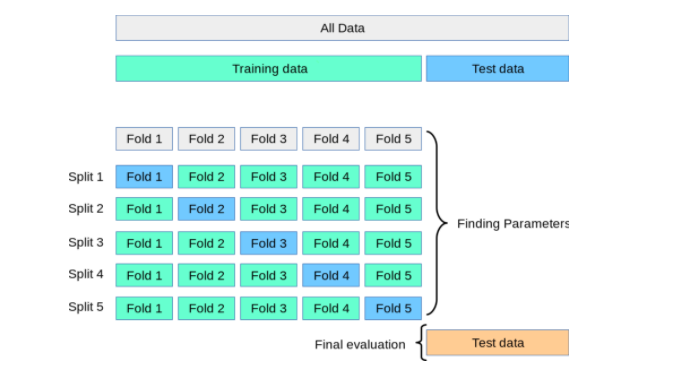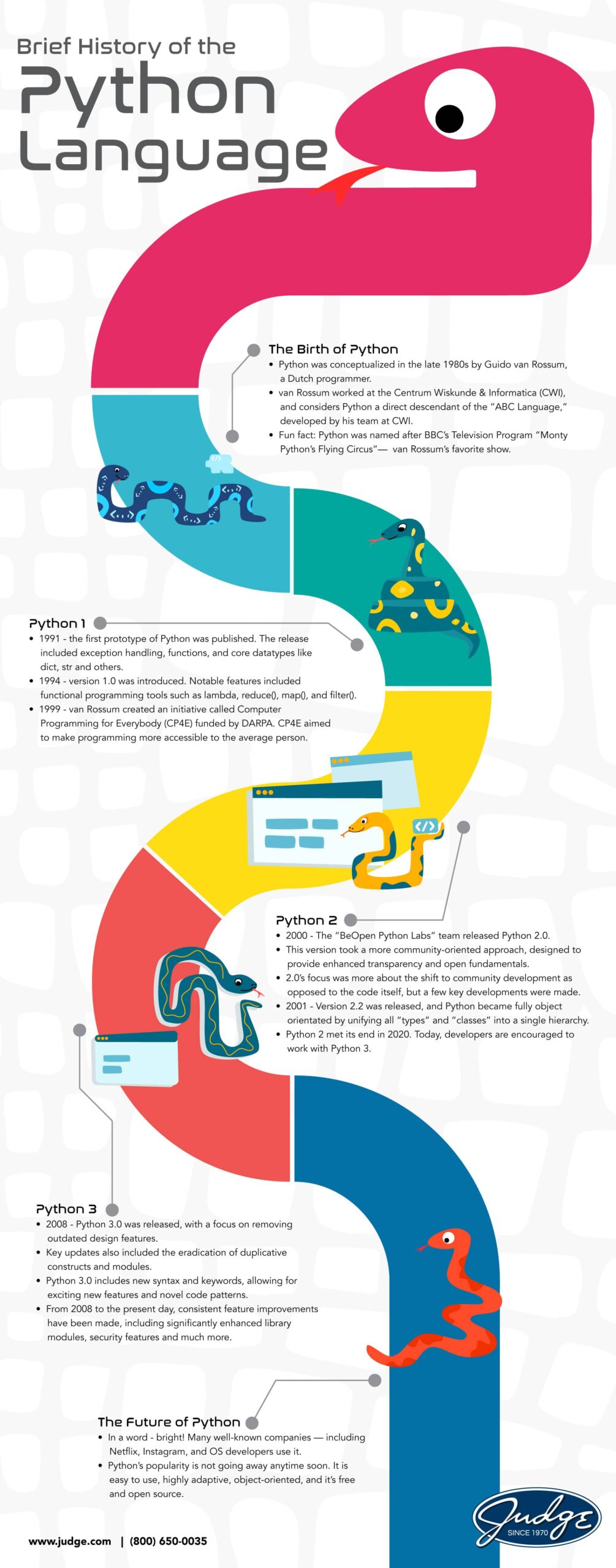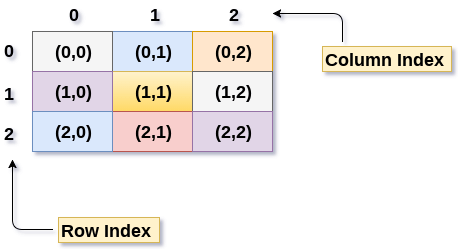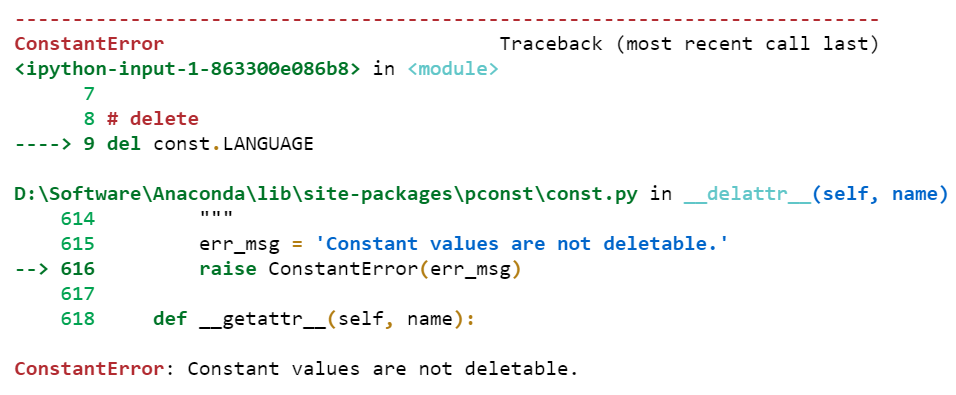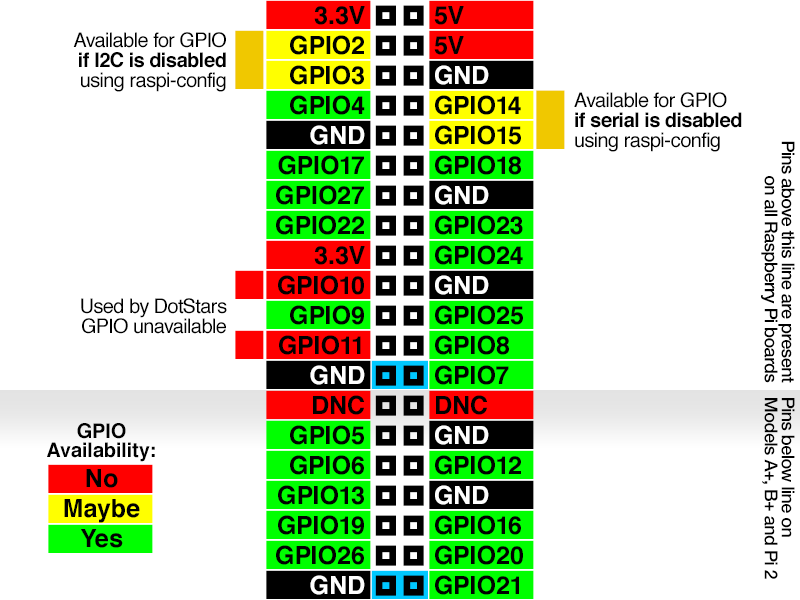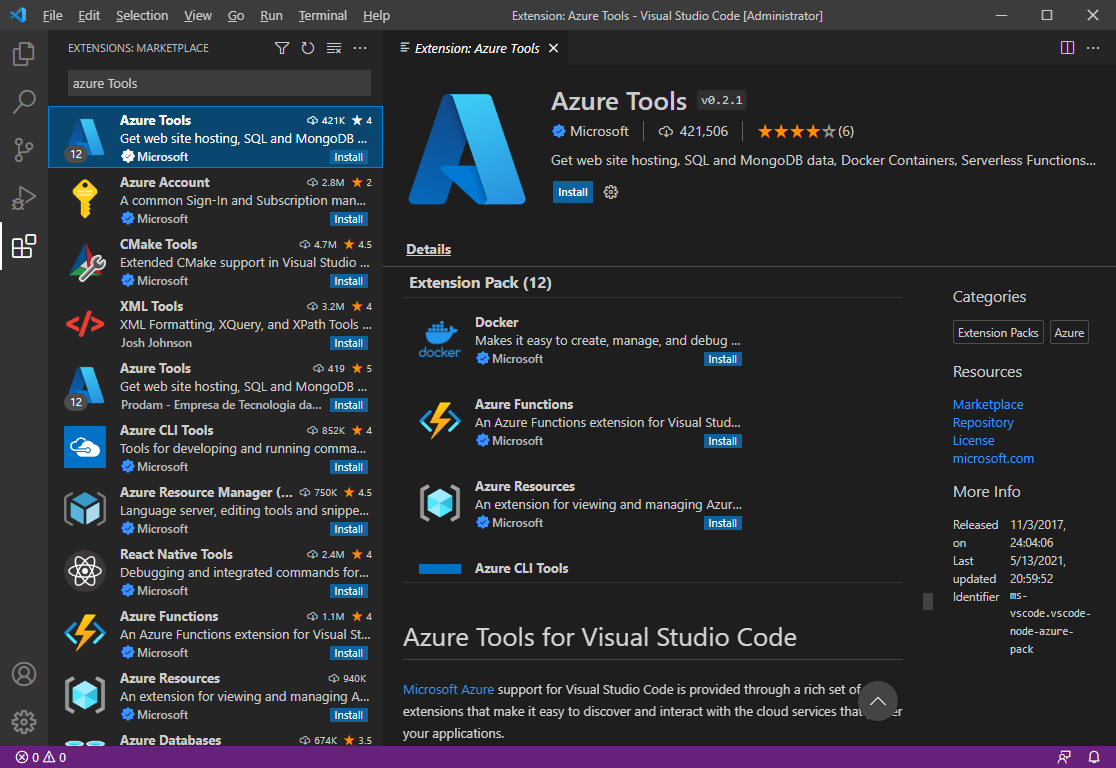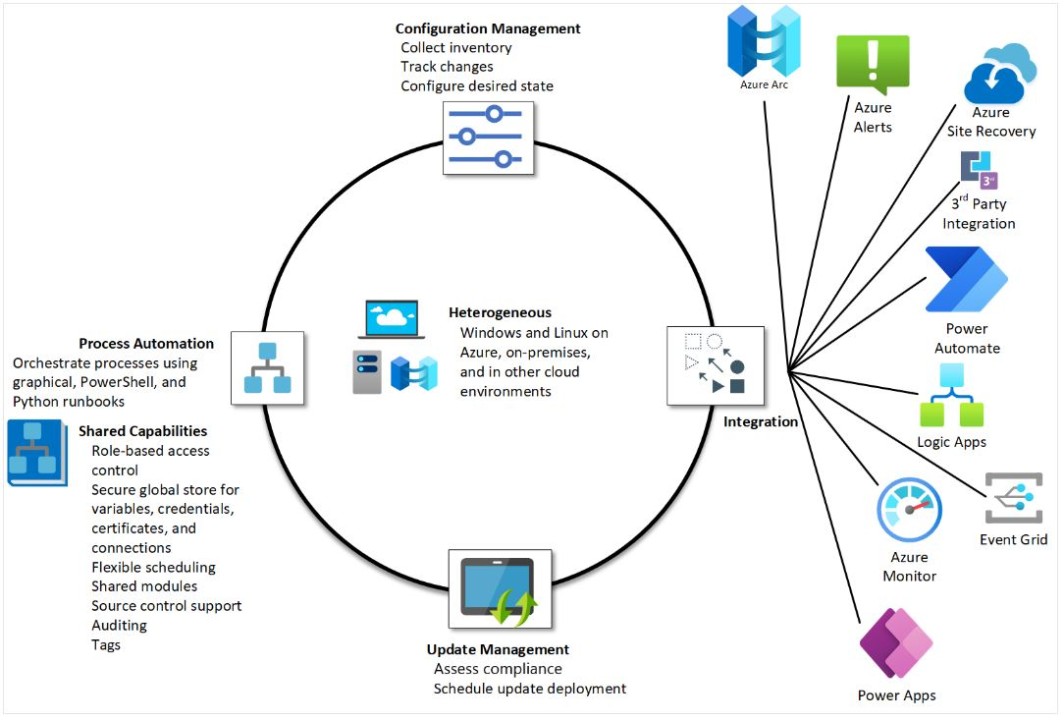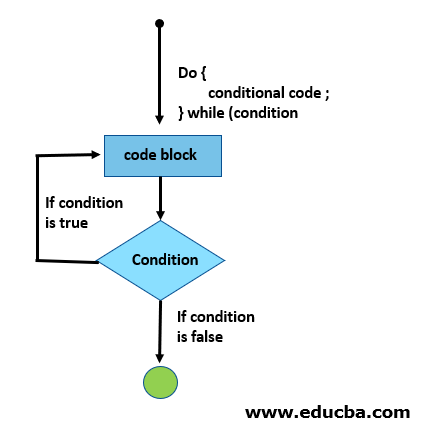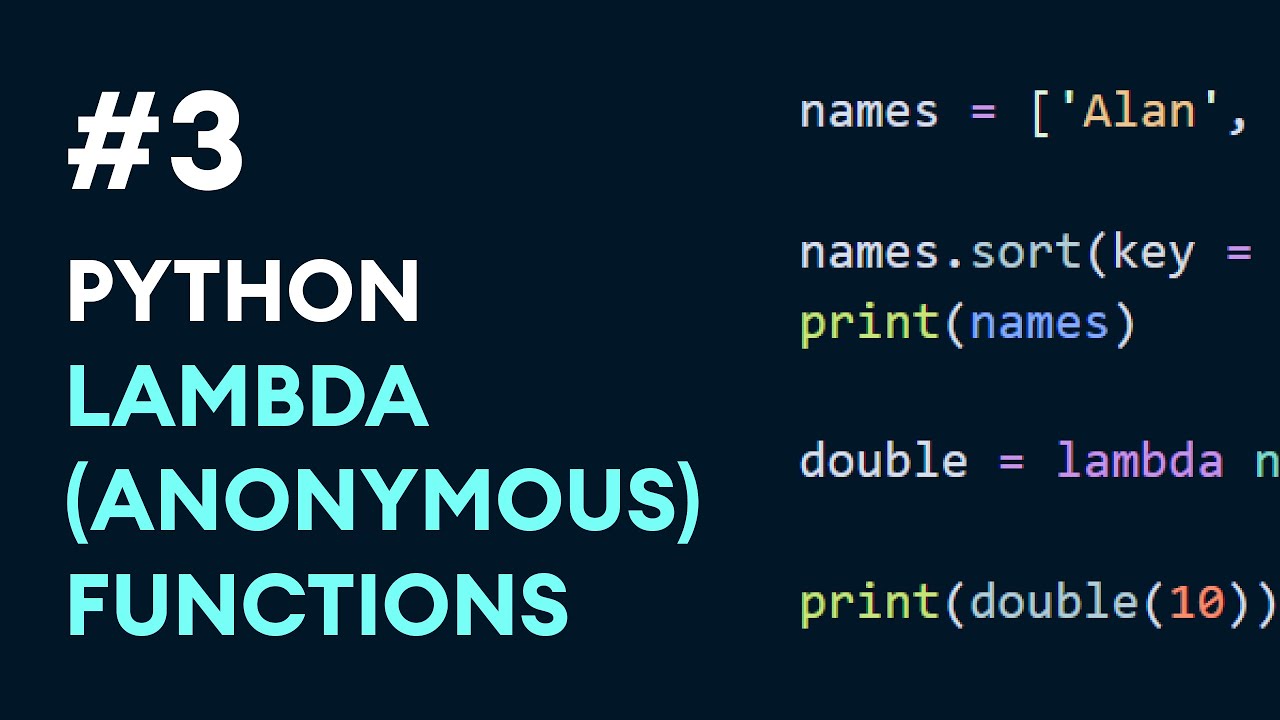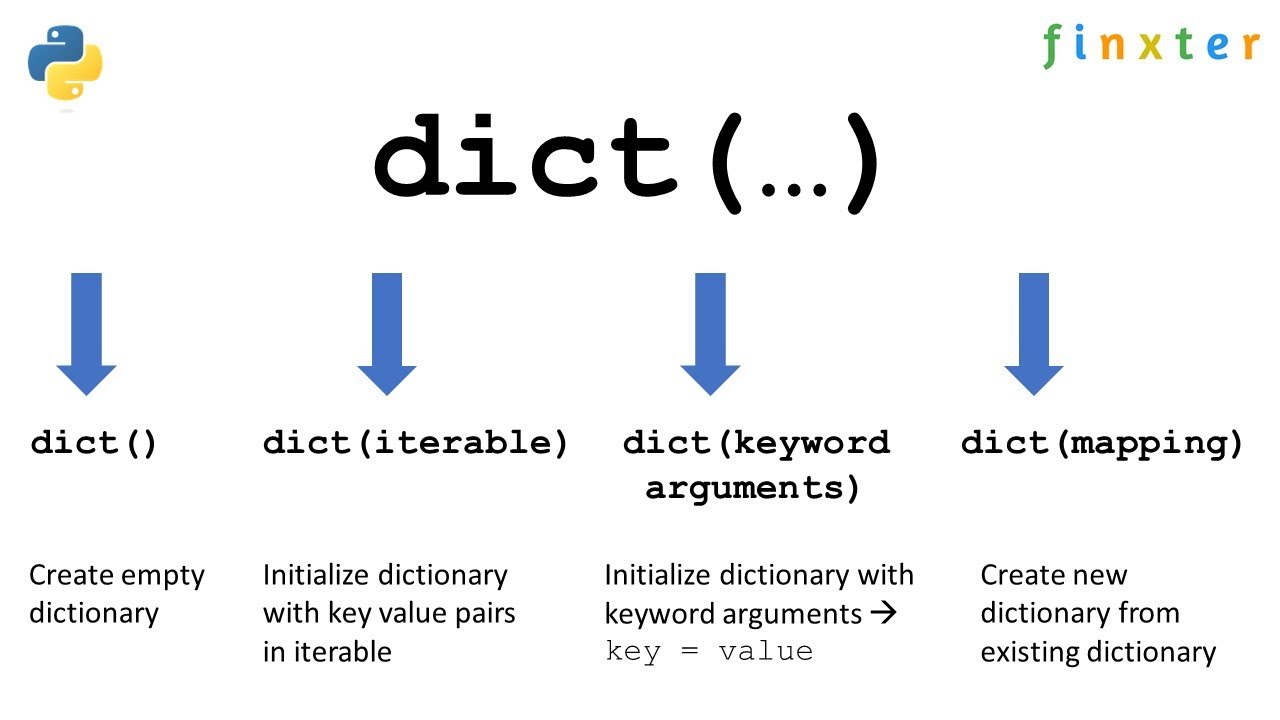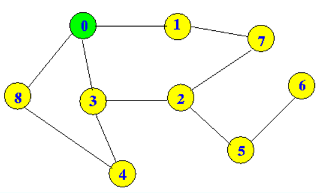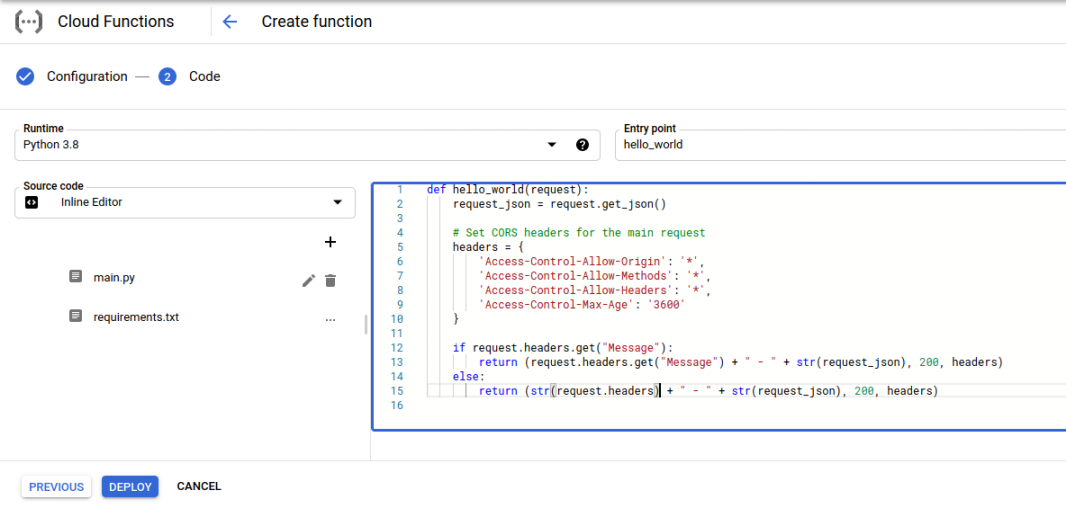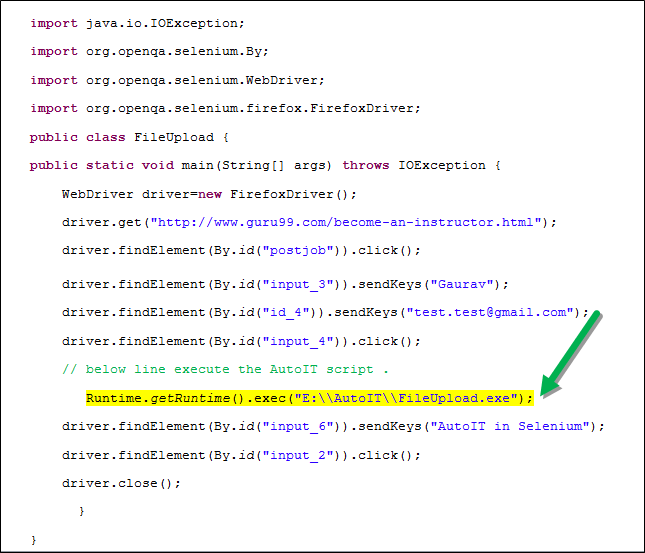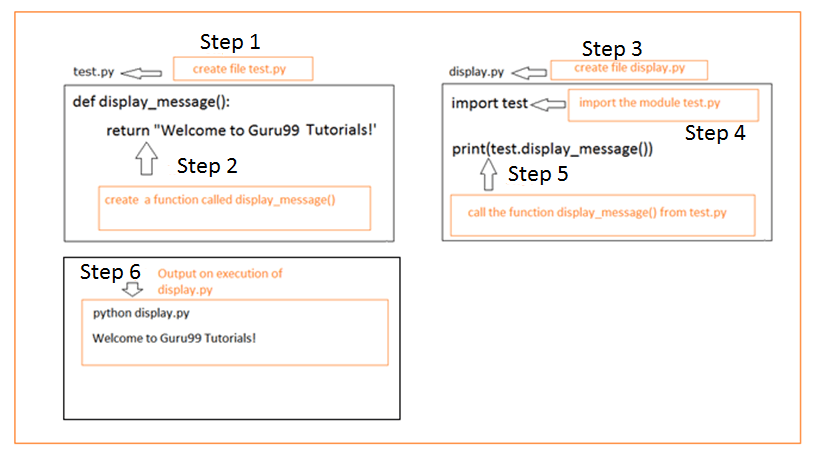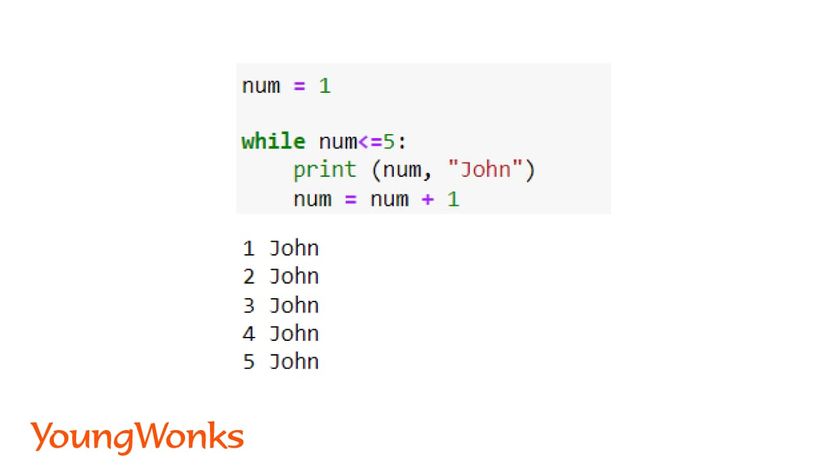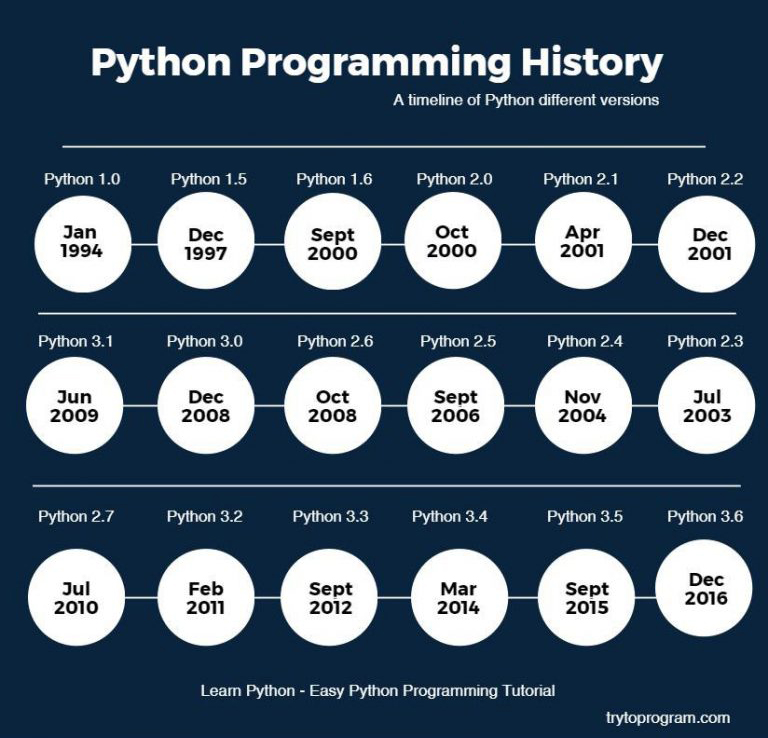What is the advantage of context manager in Python?
What is the advantage of context manager in Python?
The context manager! It's a powerful tool in Python that helps you write more robust and reliable code, especially when dealing with resources that need to be released or cleaned up after use.
So, what exactly is a context manager? In simple terms, it's a class or function that implements the __enter__ and __exit__ special methods. When an object of this class is used in a with statement, the __enter__ method is called when the context is entered (i.e., before the block), and the __exit__ method is called when the context is exited (i.e., after the block).
Now, let's talk about the advantages of using context managers. Here are a few key benefits:
Automatic Resource Release: When you use a context manager, you don't have to worry about releasing resources manually. The__exit__ method takes care of cleaning up after your code has finished executing. Exception Handling: Context managers can catch and handle exceptions that occur within the with block. This ensures that resources are released even if an exception is thrown, preventing resource leaks or other issues. Readability and Simplification: By using context managers, you can write more concise and readable code. For example, instead of manually opening a file, writing to it, and then closing it, you can use the open function with a with statement, which simplifies your code. Improved Code Quality: Context managers encourage you to think about the lifetime of objects and resources, making your code more robust and reliable. Reusability: When you write a context manager for a specific resource or task, you can reuse that functionality in multiple parts of your code.
Here's an example of using a context manager with the open function to work with a file:
with open('example.txt', 'w') as f:
f.write('Hello, World!')
The file is automatically closed after the block
In this example, the open function returns a file object that implements the context manager protocol. When you use it in a with statement, Python calls the __enter__ method to open the file and sets up the resource, then calls the __exit__ method to close the file and release any associated resources when the block is exited.
In conclusion, context managers are an essential tool for writing more robust, reliable, and maintainable code in Python. By using them, you can simplify your code, improve readability, and ensure that resources are properly released after use. So go ahead and give context managers a try – your code will thank you!
What are Python context managers?
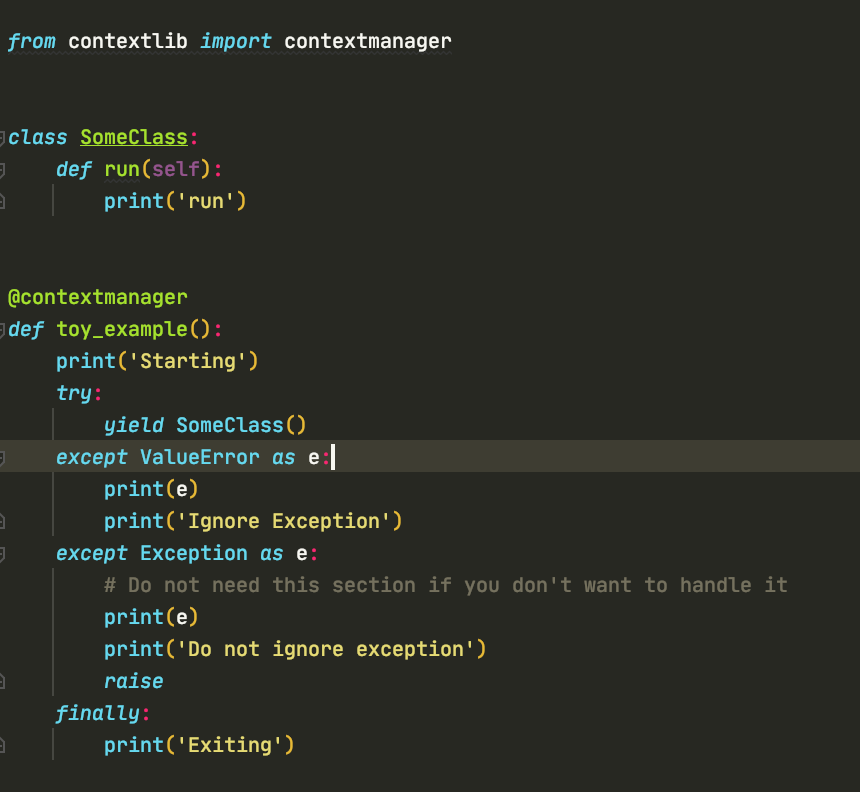
Python's context managers provide a way to ensure that specific tasks are completed before and after the execution of a block of code, regardless of whether an exception is thrown or not. This is achieved through the use of the with statement, which allows you to associate a block of code with a particular context manager.
A context manager is typically implemented as a class that defines two special methods: __enter__() and __exit__(). The __enter__() method is called when the execution enters the block associated with the context manager, while the __exit__() method is called when the execution exits the block. The purpose of these methods is to perform any necessary setup or cleanup tasks.
When you use a context manager in a with statement, Python will automatically call the __enter__() and __exit__() methods at the appropriate times. For example:
import osfrom tempfile import TemporaryDirectory
def create_file():
with TemporaryDirectory() as tmpdir:
file_path = os.path.join(tmpdir.name, "file.txt")
with open(file_path, "w") as f:
f.write("Hello, world!")
print(f"The temporary directory is: {tmpdir.name}")
In this example, the TemporaryDirectory context manager creates a temporary directory and ensures it gets deleted when we're done using it. The with statement is used to associate two blocks of code with the same context manager. The first block opens a file within the temporary directory and writes some text to it, while the second block prints out the path of the temporary directory.
Here are some key benefits of using context managers:
Exception handling: Context managers can catch and handle exceptions that occur within their scope. For example, if an exception is thrown during the execution of a block associated with aTemporaryDirectory manager, Python will automatically delete the temporary directory to prevent it from being left in an inconsistent state. Resource management: Context managers are well-suited for managing resources such as files, sockets, or network connections. By ensuring that these resources are properly cleaned up after use, you can avoid common issues like file descriptors not being released or network connections remaining open indefinitely. Code readability and maintainability: Context managers help to encapsulate complex logic and resource management tasks within a single class, making your code easier to read, understand, and maintain.
Some common examples of context managers include:
open and close methods for managing file resources try/finally blocks for handling exceptions and releasing resources with statements with various libraries (e.g., socket, tempfile, etc.) to manage network connections or temporary files
Overall, Python's context managers provide a powerful mechanism for ensuring that code is executed in a predictable and robust manner, even in the presence of exceptions. By using these constructs effectively, you can write more reliable, efficient, and maintainable code.
